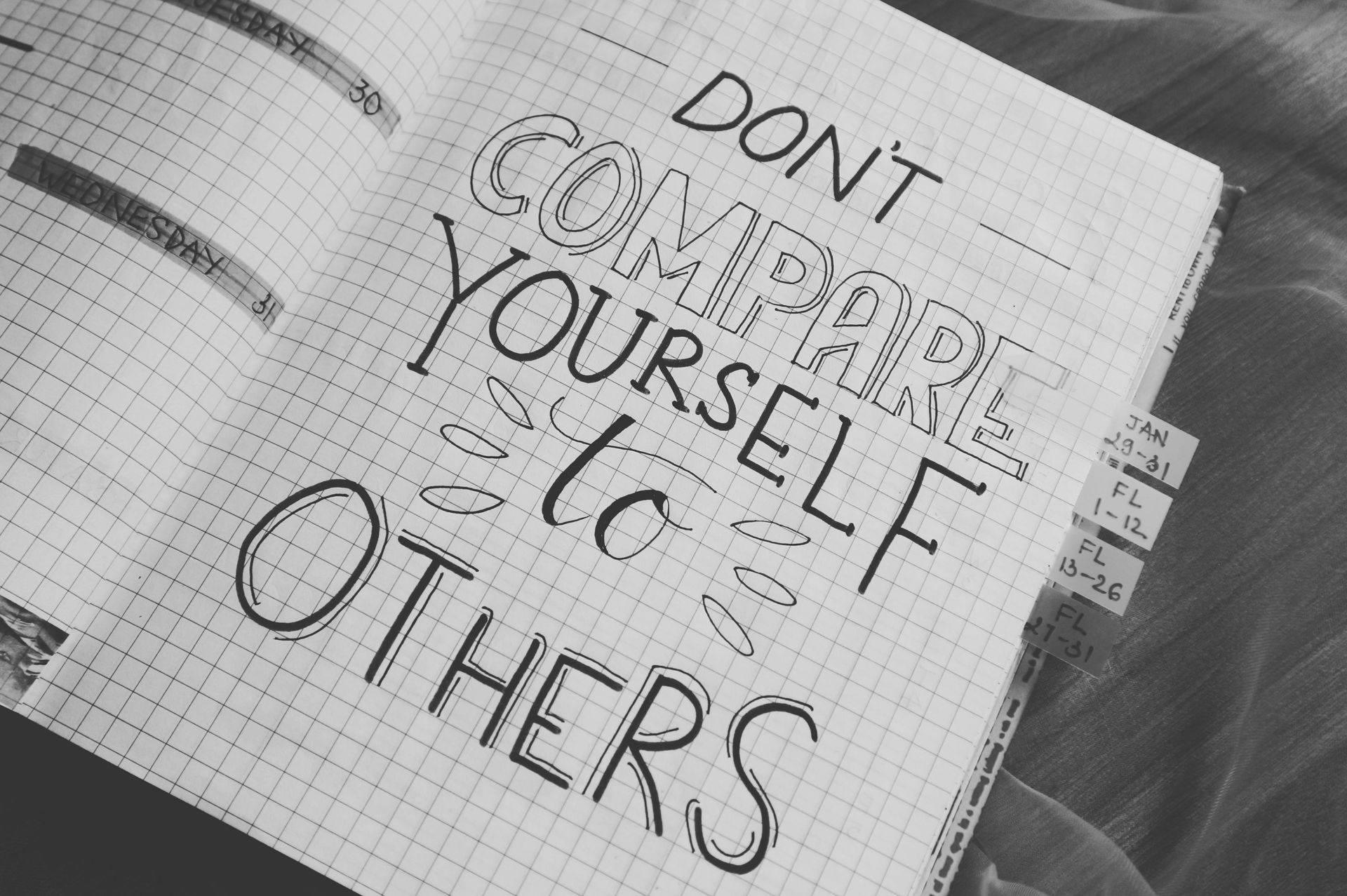Houston Provisional Patent Attorneys
Let Wilson Whitaker Rynell help guide you through the entire patent process.
Houston Provisional Patent Attorneys
A provisional patent application is a preliminary filing made with the United States Patent and Trademark Office (USPTO) that establishes a priority date for an invention. It provides a simplified and informal means for inventors to secure an early filing date while they further develop and refine their invention.
What is a Provisional Patent Application?
A provisional patent application is a legal document filed with a patent office, such as the USPTO, that establishes an early filing date for an invention. Unlike a regular patent application, a provisional patent application does not require the same level of detail or formalities. Essentially, it serves as a placeholder or "provisional" protection for your invention while you continue to develop and refine it.
What are the Benefits of a Provisional Patent?
Filing a provisional patent application provides several benefits:
1. Priority Date: By filing a provisional patent application, you establish an early priority date for your invention. This date can be crucial in determining who has the right to patent the invention if multiple parties claim to have invented the same thing.
2. "Patent Pending" Status: Once a provisional patent application is filed, you can use the term "patent pending" in connection with your invention, signaling to others you are pursuing patent protection.
3. Additional Time for Development: Filing a provisional patent application allows you to secure an early filing date while you continue to develop and refine your invention. This provides additional time to assess the commercial viability of your invention before deciding whether to pursue a non-provisional patent application.
It is important to note that a provisional patent application does not, by itself, result in the grant of a patent. To obtain a patent, you must follow up with a non-provisional patent application within one year of filing the provisional patent application.
How to Apply for a Provisional Patent
1. Document Your Invention: Start by documenting your invention thoroughly. Write down how it works, what it looks like, and any unique features it has.
2. Check for Similar Inventions: Do some research to see if anyone else has already come up with something similar. You want to make sure your invention is unique.
3. Fill out the Application: Next, you'll need to fill out a provisional patent application form. It is not as detailed as a regular patent application, but it still needs to describe your invention well enough to prove you created it.
4. Submit to the Patent Office: Once you've accurately completed the application form, you'll send it along with a filing fee to the patent office.
5. Receive Filing Date: After the patent office receives your application, they'll give you a filing date. This is an important date to keep track of and will be critical when filing your non-provisional patent later.
Wilson Whitaker Rynell has years of experience navigating the provisional patent application process and can assist you in ensuring your application is filed properly.
I've Filed a Provisional Patent Application, Now What?
After filing a provisional patent application, you have a year to further develop your invention before deciding whether to pursue a non-provisional patent application. A utility or design patent application provides a detailed description and claims required for full patent protection.
Engaging a patent attorney, like the seasoned patent attorneys at Wilson Whitaker Rynell, can help guide you through the complexities of patent law and ensure your application meets all the requirements.
CLIENT MATTERS
5,000+
YEARS OF SERVICE
25+
Award Winning
Recognized in the legal industry as dedicated board-certified lawyers and Rising Stars.
Expert Team
Your project will be handled by legal experts every time. You will have the most experienced attorneys working for you.
Quality Representation











